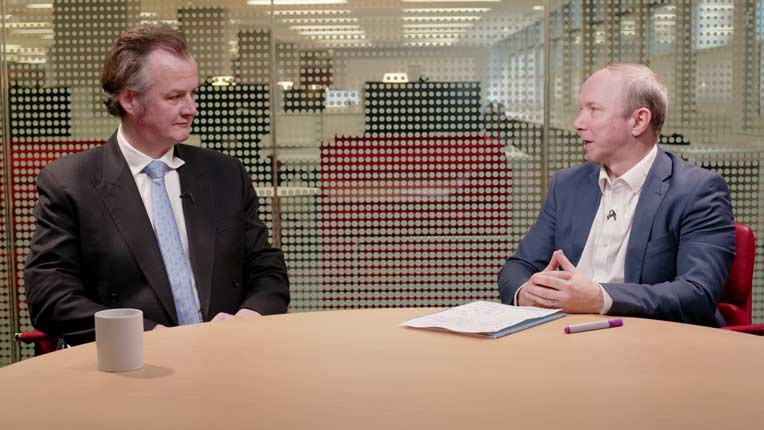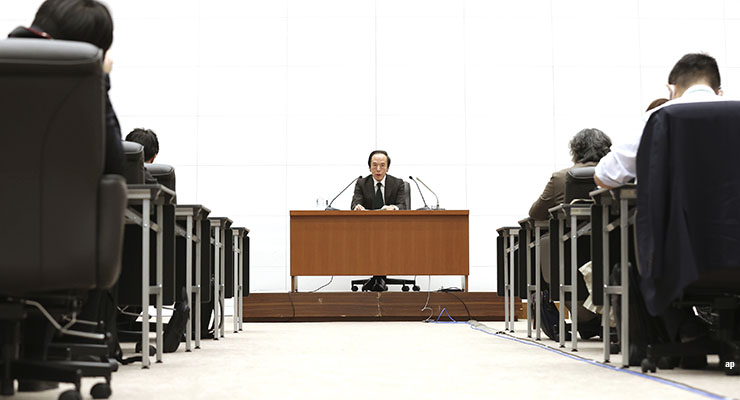This was a victory for Mr Takenaka who was appointed the head of the Financial Services Agency (FSA) on September 30th. At first he looked set to fail when opponents from all sides including the ruling Liberal Democratic Party and the opposition parties derailed his original proposals.
The revised plans, which were announced on October 30th, appeared to be weaker than originally announced - seemingl
y a victim of political compromises. But last week Mr Takenaka threatened to nationalise banks that did not take sufficient action against bad loans and low profitability.
Investor sentiment
Still, pessimism has a strong grip on Japanese investors and the stockmarket has performed badly this autumn compared to the rest of the world. On October 9th the MSCI World Index hit its low point so far this year but had recovered 18%, in dollar terms, as of November 25th. During the same time period the MSCI Japan index only recovered 5%.
New evidence that the growth of the Japanese economy has, once again, stalled may explain this poor performance. On November 19th the Organisation for Economic Cooperation and Development announced its “Economic Outlook” for 30 countries.
The forecasts for Japan were depressing. GDP growth both in 2003 and 2004 are estimated to be below 1%. Economists also generally agree that even if the Japanese government pushed through all the necessary reforms to solve the country’s structural problems, it would still take more than a year before any positive effects are felt.
Outlook
However, fund investors who try to be ahead of the crowd should think seriously about the possibility that Mr Takenaka may succeed. Until now the Japanese elite has blocked the structural reforms that most foreign economists argue are necessary, but Mr Takenaka may possibly be a trendsetter. Also, history shows that increased optimism about the region can be enough to lift the Tokyo stockmarket.

























